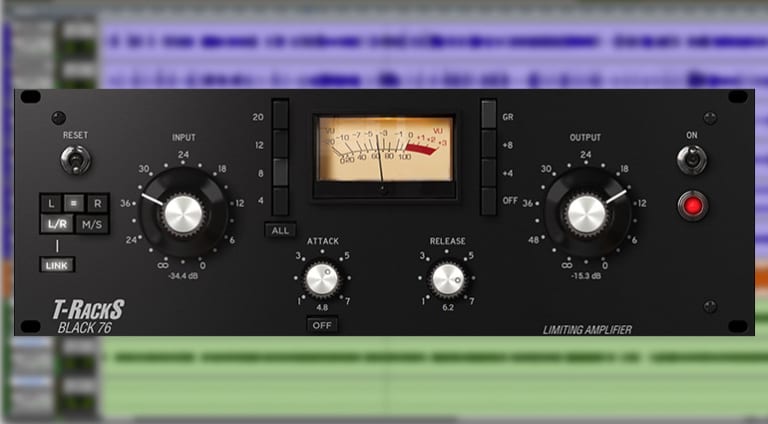

We want minimal dynamics because we want to provide a consistent experience to our listener's ears and to their speakers while using a predictable amount of headroom while mixing. The real volume variance will come from the string attack we allow through. We almost want to squash it down to an on-and-off pulse and then design the shape using the compressor's attack and release settings. Unlike other instruments, we want very little volume range in our bass tracks. It can also alter the tone and intelligibility of the recording by shaping the initial attack of each musical note. What's the Point of Bass Compression?īass compression serves one main purpose, which is to reduce the dynamic range of the amplitude of the instrument in order to provide a constant amount of low frequency energy to a song. If it's in the bass or sub-bass frequency range and serves the purpose of that instrument, then this will work for you. This tutorial applies not only to bass guitar but to synthetic bass lines from a synthesizer or programmed in from a plugin in your digital audio workstation ( DAW).


There's not a lot of in-between when it comes to the low-end. Great bass compression settings, along with other considerations we'll mention, are the difference between a solid, full, and thick bass with great harmonics and attack, versus one that's either weak and thin or boomy and muddy. Output metering (as opposed to GR) will introduce additional distortion.Compressing bass is a fundamental part of any mix, and getting it right means having a great foundation to a song with well-balanced energy and an intelligible groove. The front-panel meter will indicate GR (Gain Reduction) or output level at either +4 or +8 dBm. As the input level is turned up, a corresponding decrease in output level may be required. The input knob controls the threshold, but the threshold is also dependent on the ratio selected - the higher the ratio, the higher the threshold. 5% THD - as much gain as some mic preamps, and far more than most compressors. The 1176 also offers a whopping 45 dB of gain at. By turning the Attack knob fully counterclockwise to the OFF position, the unit can be used as a straight line amp just for its unique sound. By enclosing the negative feedback of the output amplifier, its non-linearities were compensated and corrected for, producing very low output distortion.īecause of the input and output transformers, and the Class A output circuitry, the 1176 has a very distinctive sound even when it is not compressing. The output transformer is an integral part of the sound of the 1176, balancing the impedance matching for the output. The output stage is an all-Class A line level amplifier, designed to drive the 1960s standard load of 600 ohms.

For minimal distortion, careful circuit design was required to make the FET operate within a narrow linear range.


 0 kommentar(er)
0 kommentar(er)
